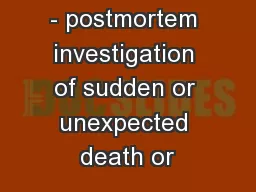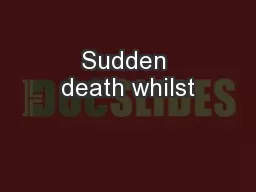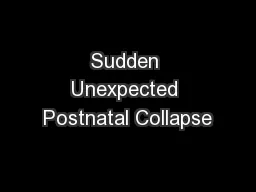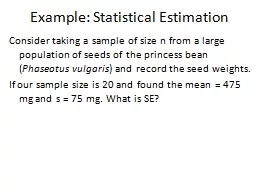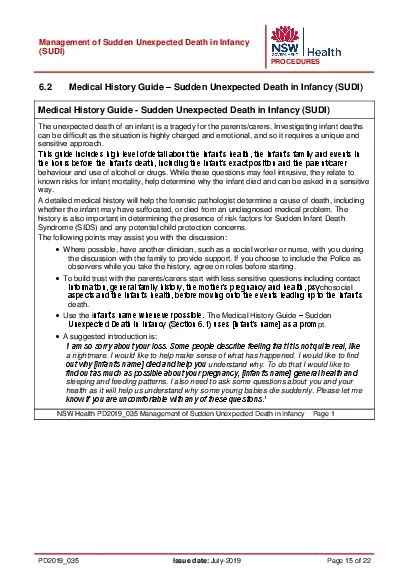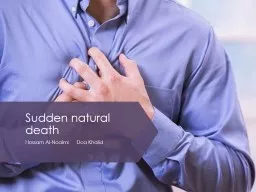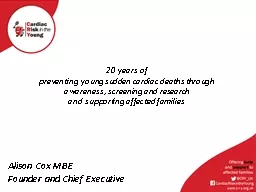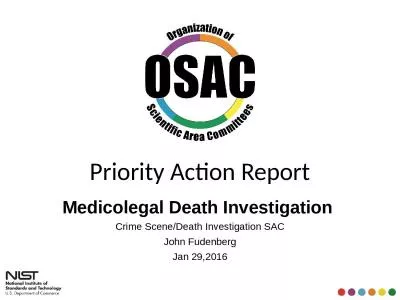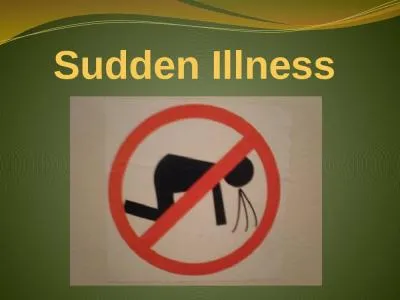PPT-- postmortem investigation of sudden or unexpected death or
Author : debby-jeon | Published Date : 2017-04-09
Forensic Pathology Role of the Forensic Pathologist 4 broad determinations to be made Cause of Death medical diagnosis denoting disease or injury Mechanism of Death
Presentation Embed Code
Download Presentation
Download Presentation The PPT/PDF document "- postmortem investigation of sudden or ..." is the property of its rightful owner. Permission is granted to download and print the materials on this website for personal, non-commercial use only, and to display it on your personal computer provided you do not modify the materials and that you retain all copyright notices contained in the materials. By downloading content from our website, you accept the terms of this agreement.
- postmortem investigation of sudden or unexpected death or: Transcript
Download Rules Of Document
"- postmortem investigation of sudden or unexpected death or"The content belongs to its owner. You may download and print it for personal use, without modification, and keep all copyright notices. By downloading, you agree to these terms.
Related Documents

